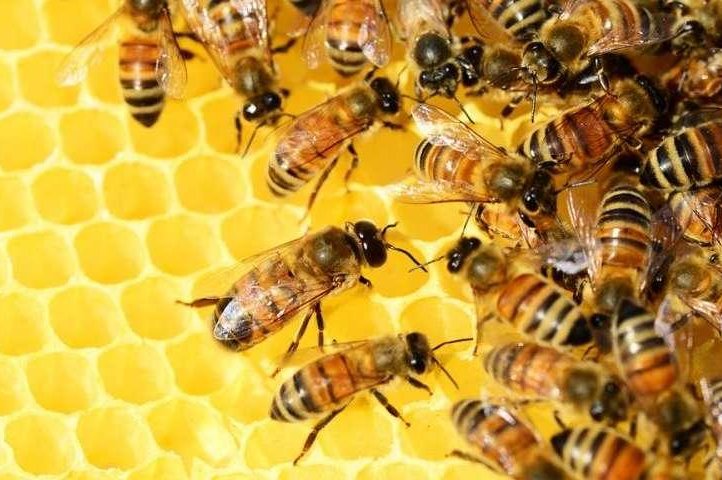By studying the social network within a bee colony, scientists hope to bolster the crime-fighting abilities of law enforcement officials. Photo by University of Granada
April 17 (UPI) -- Scientists at the University of Granada, in Spain, have created a new algorithm to help law enforcement dismantle problematic social networks, including criminal and terror networks. The researchers inspiration: honey bees.
The bio-inspired algorithm can be used to analyze the connections and relationships among a social network and identify the most dangerous nodes or individuals. Analysis provided by the algorithm could help law enforcement dismantle crime networks or terror cells more effectively and efficiently.
Bee colonies feature highly efficient social structures. They are composed of an organized workforce with well-defined tasks, and their organization and efficiency is reliant upon effective communication.
"Bees form fairly well organized societies, in which each member has a specific role," Manuel Lozano Márquez, a computer scientist at Granada, said in a news release. "There are three main types: scout bees, which are looking for food sources; worker bees, who collect food; and supervisor bees, who wait in the colony."
Scientists at Granada decided to study bee colony organization and behavior -- and the flow of information among different types of bees -- as a model for understanding harmful social networks.
Their analysis showed the traditional method for combating pernicious social networks can be improved upon. Traditionally, law enforcement officials attack crime networks by targeting the most active or dangerous individuals. But removing most important players doesn't ensure the cell or network falls apart.
"In order to find the most effective way of dismantling a network, it is necessary to develop and put into action an optimization process that analyzes a multitude of situations and selects the best option in the shortest time possible," said Humberto Trujillo Mendoza, a behavioral scientist at Granada. "It's similar to what a chess program does when identifying, predicting and checking the possible steps or paths that may occur in a game of chess from a given moment and movement."
The latest research -- detailed in the journal Information Sciences -- can help officials identify not just the most active or dangerous links within a harmful network, but the nodes or actors most important to the network's functionality and efficiency.















